Water dragons are a species of Asian lizard that people commonly keep as pets. They’re also known as Chinese water dragons, green water dragons, Thai water dragons, and Asian water dragons.
Despite their dragon-like appearance, water dragons are harmless. These docile lizards make good pets, and can be quite friendly when handled frequently. Read on to learn about the water dragon.
Description of the Water Dragon
They don’t quite reach the immense lengths of their mythical namesake, but these lizards can grow relatively large. In fact, their maximum length is approximately 3.3 ft. long. They have bright green scales, but the occasional specimen is actually purple in color!
If this didn’t add enough to their dragon-like appearance, their dramatic crests would. The spines on their heads, backs, and tails, crest upward to form rounded shapes.
Interesting Facts About the Water Dragon
These attractive lizards draw the attention of many exotic pet keepers. Though their color and appearance are magnetic, learn more about why these lizards are so intriguing.
- Sexual Dimorphism – Sexual dimorphism is when you can easily distinguish between males and females of a species. Male water dragons have larger crests, heads shaped more like a triangle, and can grow larger than females.
- Smile and Wave – Though a quick wave might be a friendly gesture in human culture, hand waving has a whole other meaning to these lizards. When two dragons become aggravated, they will express aggression by waving their arms, puffing their throat, and head bobbing.
- Don’t Hold Your Breath – If their threat displays fail to scare an opponent or predator, fleeing is the next best option. To escape danger, these lizards may have to swim away from a threat. If necessary, they can even hold their breath for up to 25 minutes.
Habitat of the Water Dragon
Not only can these reptiles swim efficiently, but they also prefer living near water sources. Because of this, they commonly live in rainforests, near rivers or streams, and in swamps. In these habitats, the humidity typically remains between 60% and 80% at any given time. Temperature is also an important factor in their survival, and they prefer areas that do not drop lower than 75º F.
Distribution of the Water Dragon
As their many common names may suggest, Chinese, Asian, and Thai water dragons, are native to Asia. They reside in rainforests and swamps of a number of regions. Water dragons are native to Thailand, parts of China, Vietnam, Burma, Cambodia, and Laos. Many households outside this native range keep this species as exotic pets.
Diet of the Water Dragon
These reptiles are primarily carnivorous, but will supplement their diet with vegetation. Some of their favorite types of prey include small mammals, like rats and mice. They also feed on small birds, eggs, fish, insects, and other invertebrates.
When hunting, they use their sticky tongues to strike prey, and their sharp teeth to maintain their grip. Their favorite hunting grounds are the treetops of their rainforest home.
Water Dragon and Human Interaction
Water dragons do not naturally interact with humans frequently. Trekking through dense rainforest and muggy swamp habitats is rather unpleasant to the average person. However, these lizards still interact with humans quite frequently, just in a household setting.
As pets, most water dragons are docile and friendly, and will interact with their owners. Researchers have not evaluated the impact of the pet trade on wild populations to date.
Domestication
While people breed them in captivity, humans have not domesticated these lizards in any way.
Does the Water Dragon Make a Good Pet
Yes, water dragons can make good pets. As long as they receive the frequent, careful handling they crave, these lizards can be friendly and calm pets. It is incredibly important to supervise children when they are handling potentially fragile pets. Avoid making sudden movements or loud noises while interacting with your pet.
Water Dragon Care
Your dragon’s habitat should be adequately large for exploration and exercise. Vertical space is incredibly important, as these creatures like to climb and explore in branches and trees. Provide a wide variety of climbing opportunities for your water dragon.
You should also ensure that the habitat remains in the correct temperature and humidity range, as directed by your breeder or veterinarian. Feed a varied diet of fruits, vegetables, pinky mice, crickets, and other appropriate foods.
Behavior of the Water Dragon
These reptiles are active during the day, and use the sunlight to help regulate their body temperature. During the day they roam the treetops, and avoid climbing near the ground. This is known as an “arboreal lifestyle.”
They will forage for food, and periodically bask in the sun to maintain their temperature. If they detect predators or movement overhead, they will drop from the trees to escape.
Reproduction of the Water Dragon
Water dragons have oviparous reproduction. This means that they reproduce by laying eggs. The male and female will mate, she will fertilize the eggs internally, and then lay the fertilized eggs in an underground nest.
She can lay anywhere from 6 to 18 eggs, and the sun warming the sand of the nest incubates them. The eggs will hatch faster the warmer the sand is, and incubation will take longer in cooler temperatures.

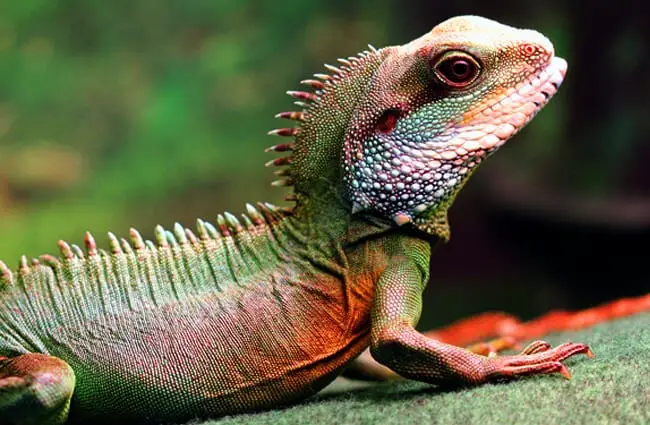
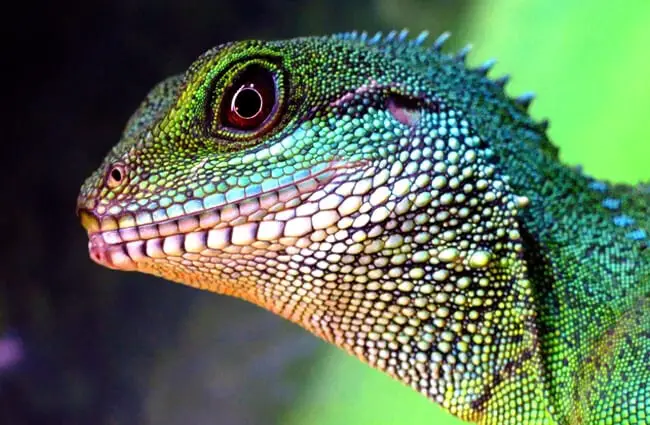

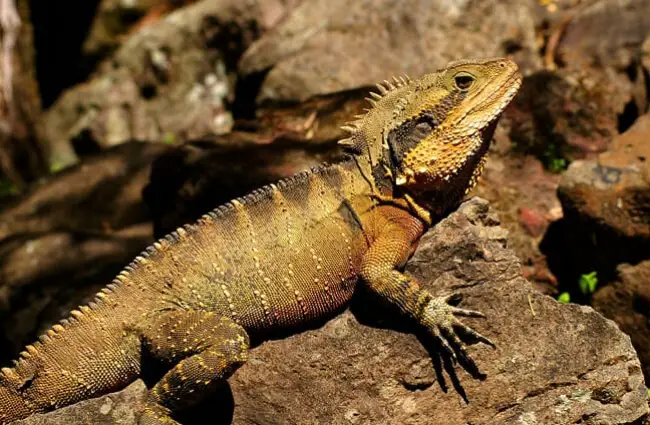
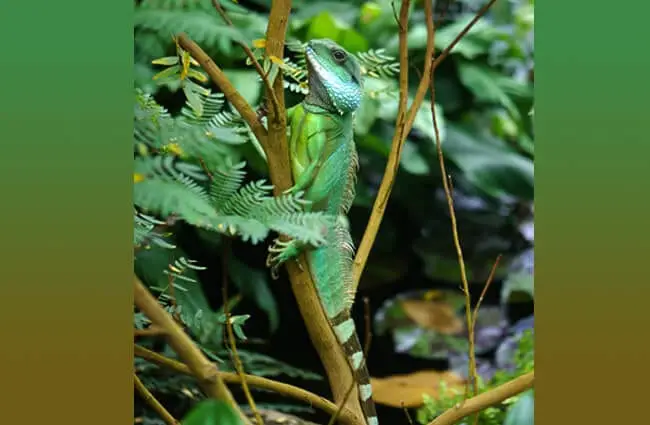
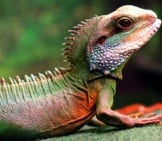
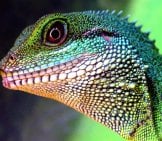


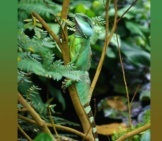
![Red Angus Closeup of a beautiful Red Angus cowPhoto by: U.S. Department of Agriculture [pubic domain]https://creativecommons.org/licenses/by/2.0/](https://animals.net/wp-content/uploads/2020/03/Red-Angus-4-238x178.jpg)












![Red Angus Closeup of a beautiful Red Angus cowPhoto by: U.S. Department of Agriculture [pubic domain]https://creativecommons.org/licenses/by/2.0/](https://animals.net/wp-content/uploads/2020/03/Red-Angus-4-100x75.jpg)

